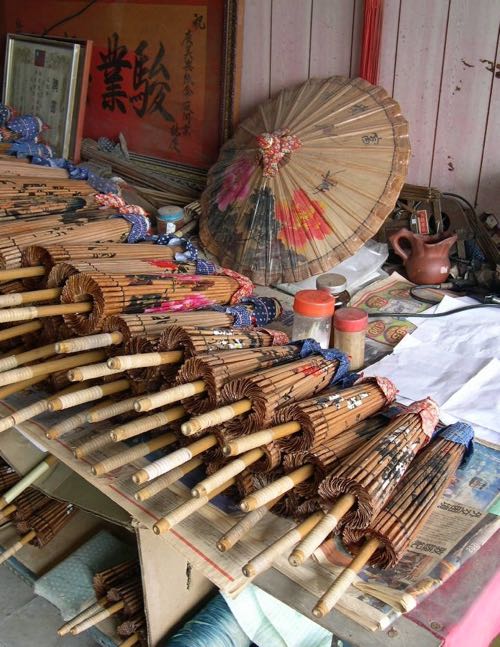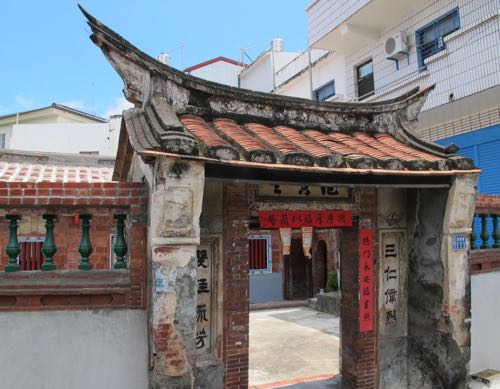
The Hakka are Taiwan’s largest ethnic minority. For the last several decades, Taiwan’s demographics have looked like this: The majority is descended from Chinese settlers who came from Fujian province between 150 and 400 years ago. Fewer than one in forty is of indigenous Austronesian origin. Around one in eight is regarded as a ‘mainlander’ or the offspring of ‘mainlanders’ – but this is a grab-all category for those whose families arrived after World War II. Among them are Muslims from China’s far west, ethnic Mongolians, and others who’ve very little in common with each other. Up to one in six, it’s said, is Hakka.
The Hakka are Han Chinese. They emerged as a distinct sub-ethnic group, speaking their own language and following their own customs, as they moved en masse from central China to the south in a series of migrations between 1,600 and 400 years ago. Because they’ve sometimes faced persecution and had to relocate often, some historians have dubbed them ‘China’s Jews’. And like Jews, they’re regarded as frugal hard workers and excellent students.

But before we talk about the area’s many architectural gems, let’s talk about the food!
Perhaps the most famous speciality in the south’s Hakka towns is Bantiao, thick white noodles are made from rice flour. (Most of the noodles eaten in Taiwan are made from imported wheat.) Typically fried with slivers of pork and carrot, or boiled and served in a soup with a little pork and a few greens, they go down well before or after exploring Meinong’s quaint neighborhoods.

If you really enjoy what you eat during your tour of South Taiwan’s Hakka enclaves, and want to recreate some the dishes at home, take a look at this section of the Council of Hakka Affairs website.
Because Hakka people are a substantial minority, in recent years they’ve been courted by both major political parties. The creation and funding of the Council of Hakka Affairs, a Cabinet-level agency which promotes Hakka culture and language, indicates the importance attached to this minority by the national leadership. The council’s website has a lot of English-language information about Hakka history, language and festivals.
Tailored Taiwan Private Tours
At Life of Taiwan, we specialise in catering to the needs of English-speaking and European visitors. Join our luxury tours, private food tours or family tours of Taiwan for an unforgettable journey through Taiwan. Contact us today to plan your perfect Taiwan private tour.
To read South Taiwan’s Hakka Strongholds Part 2, click here.
